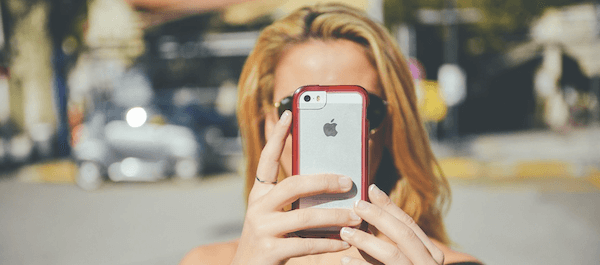How (And Why) Brands Should Be Partnering With Influencers In 2023
Influencer marketing has become a staple of the modern marketing landscape, with brands of all sizes utilizing influencers to reach their target...
2 min read
 Tyler Wilcox
:
February 21, 2024
Tyler Wilcox
:
February 21, 2024

As the digital marketing landscape continues to evolve, influencers have emerged as powerful allies for brands who want to connect with their target audience. However, despite the proven success of influencer marketing, several misconceptions still linger. In this blog post, we will debunk five common myths surrounding influencer partnerships to help brands navigate this dynamic space more effectively.
An influencer's effectiveness works in tandem with their follower count, right? Wrong. While macro-influencers with large followings can reach a broad audience, micro and nano-influencers often boast higher engagement rates and more authentic relationships with their followers. Brands should prioritize influencers whose audience aligns with their target demographic, focusing on engagement metrics rather than sheer numbers for a more impactful campaign.
One of the prevailing myths is that influencers are solely motivated by financial gain. While compensation is undoubtedly a factor, many influencers are equally passionate about the content they create and the value they provide to their followers. Successful partnerships stem from aligning brand values with the influencer's niche, ensuring authenticity in the collaboration. Brands should recognize and appreciate the influencer's dedication to maintaining a genuine connection with their audience.
Some brands mistakenly believe that influencer marketing is a one-and-done solution. In reality, sustained success often requires building long-term relationships with influencers. Consistent collaborations help foster a deeper connection between the brand and the influencer's audience, leading to increased trust and brand loyalty over time. Brands should view influencer partnerships as ongoing relationships, not just isolated campaigns.
It's not just about the location. While it's true that influencers can beautifully showcase typically picturesque locations, they can be effective for a wide range of destinations and experiences. By collaborating with influencers who align with the target audience and cater to different travel preferences, destinations can tap into diverse markets. Additionally, influencers can share relatable travel experiences, offering valuable insights, tips, and recommendations that resonate with a broader audience, regardless of the destination's perceived exoticism.
Some brands fear that collaborating with influencers means giving up control over their brand image. While it's essential to maintain brand guidelines, allowing influencers creative freedom fosters authenticity — and authenticity is what it’s all about. Influencers know their audience best and can craft content that resonates with them authentically. A successful partnership involves finding a balance between brand guidelines and influencer creativity, ultimately creating content that feels genuine and resonates with the audience.
Want to learn more? Get in touch at digital@turnerpr.com.

Influencer marketing has become a staple of the modern marketing landscape, with brands of all sizes utilizing influencers to reach their target...

We took a look at the 2023 trends that will be shaping the travel world last week. This week, we're digging into the digital realm—a place where...
1 min read
Twitter Goes Bonkers After NFL Game’s Unbelievable Ending After an officiating snafu at the end of Monday night’s Seahawks-Packers game, the...